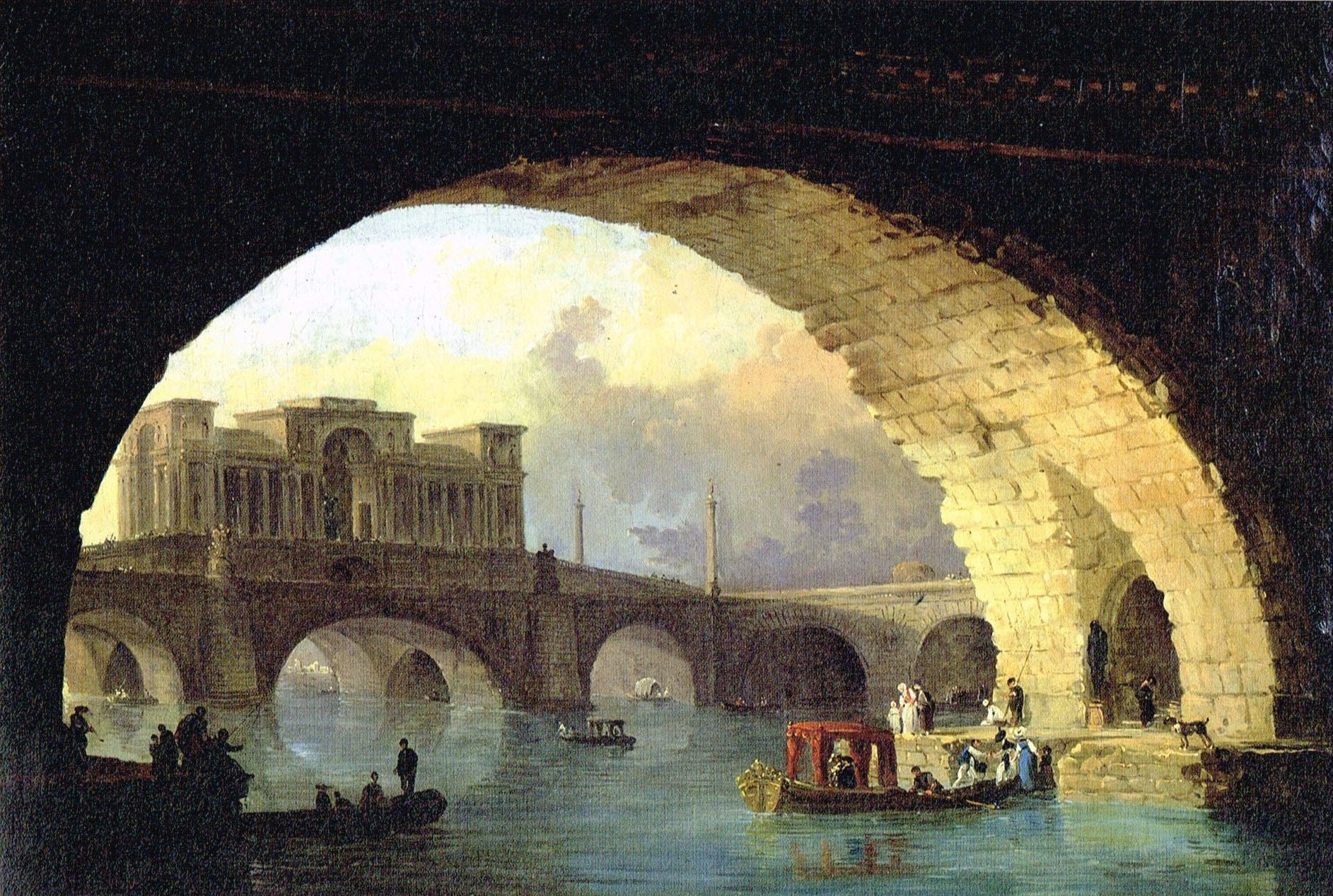Modernity is characterized by a linear concept of time, with the past cast in the role of an ever-diminishing point on the horizon behind us. One of the charms of the exhibition "Hubert Robert: The Gardens of Time" at the National Museum of Western Art is that it challenges this notion, and suggests that the past may exist as an eternal reality constantly able to interact and influence the present and the future
It could be said that Robert (1733-1808) is one of the chief artistic casualties of modernity's fast-forward surge. The 18th-century French painter was widely known in his day, but is now largely forgotten, existing only as an artistic footnote.
The reason for this is that his art, which features romantic depictions of Roman ruins, often in idealized rustic settings, is basically backward-looking. But while "backward-looking" may sound negative to modern ears, most great artists have looked to the past for strength and inspiration — from the Renaissance painters to the Pre-Raphaelites and beyond.



















With your current subscription plan you can comment on stories. However, before writing your first comment, please create a display name in the Profile section of your subscriber account page.